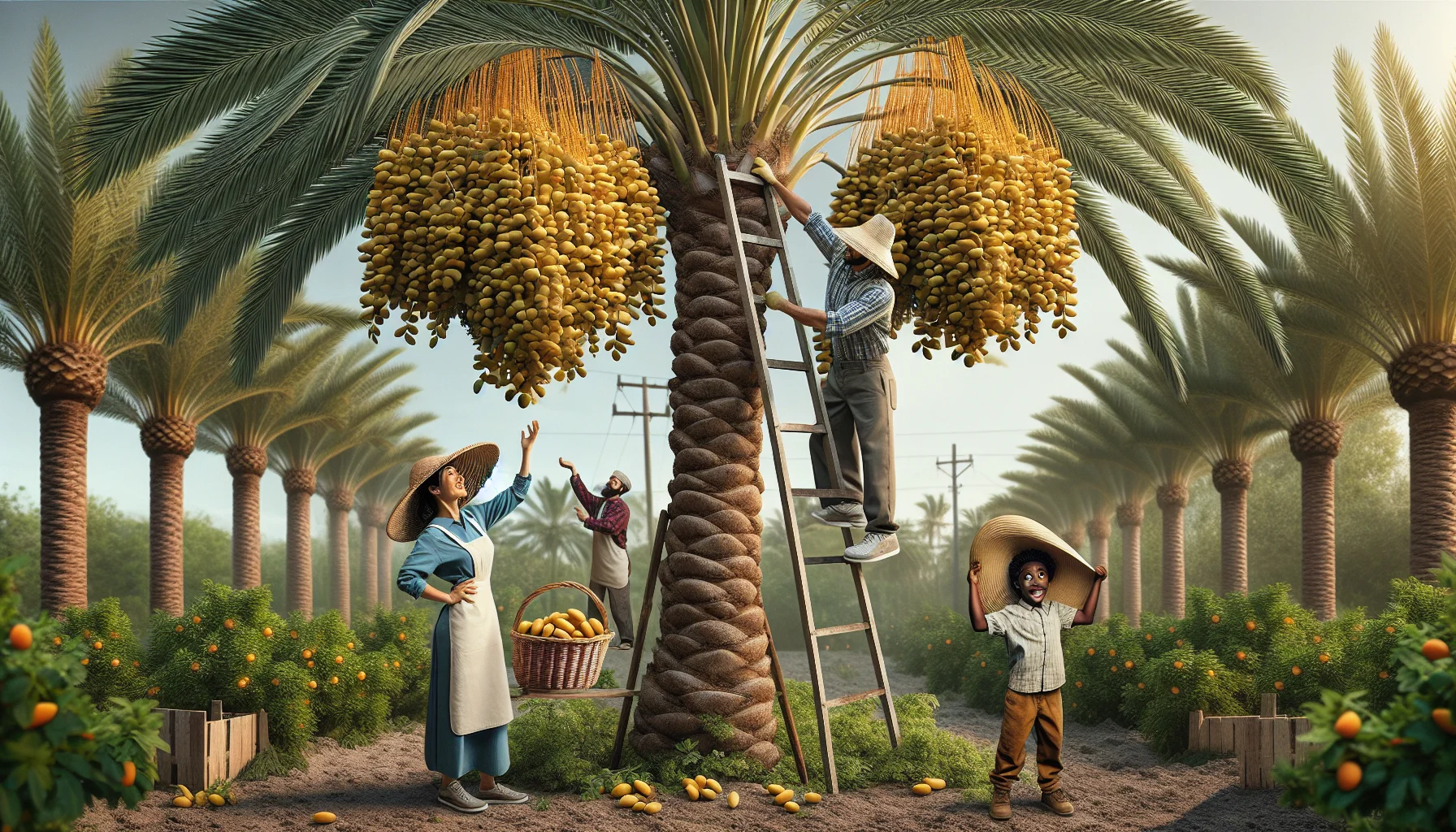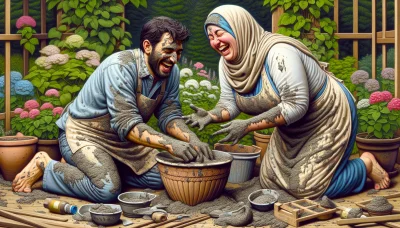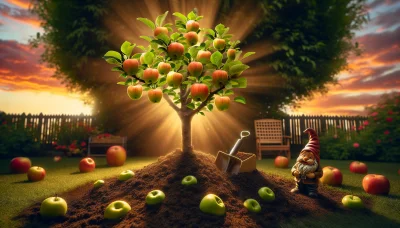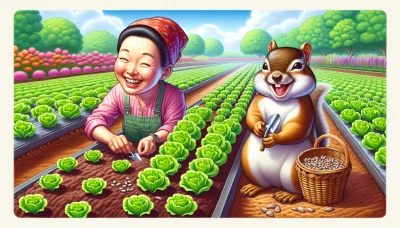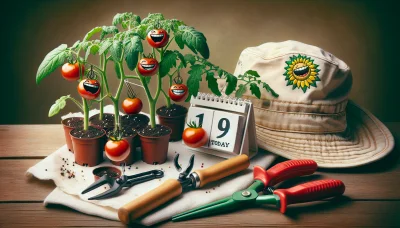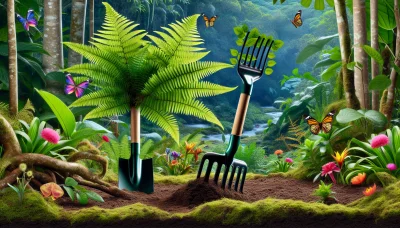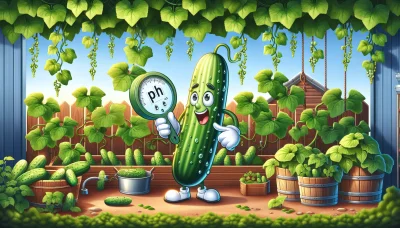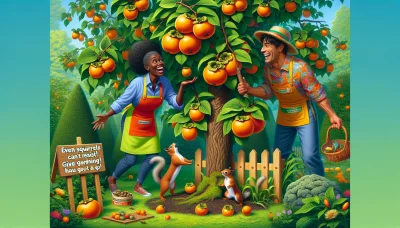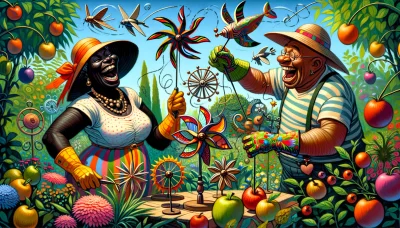What are dates before they are dried Quiz
Test Your Knowledge
Question of
What Are Dates Before They Are Dried?
Before dates are dried, they are fresh fruits that grow on the date palm tree. In their natural, fresh state, dates are plump, moist, and have a bright, glossy appearance. They have a sweet, honey-like flavor that is less concentrated than their dried counterparts. Fresh dates go through several stages of ripeness, starting from a hard, green, and bitter stage to a soft, sweet, and fully ripe stage. The drying process concentrates the sugar, changes the texture, and extends the shelf life of the dates, making them a delicious and nutritious snack that can be enjoyed year-round.
The Journey from Flower to Fruit
The growth process of date palms is a fascinating journey that begins with the flowering phase and ends with the ripening of the fruit. Initially, date palm trees produce large clusters of flowers, emerging from a protective sheath at the top of the trunk. Male and female flowers are usually found on separate trees, and for fruit production, pollination is essential. Traditionally, pollination was done by hand, but in modern practices, it can also be mechanized or facilitated by wind in some cases.
After successful pollination, the female flowers start developing into fruits. This phase can be quite lengthy, as the fruits undergo several stages of growth. Initially small and green, the dates are hard and not suitable for eating. Over time, they grow larger and begin to soften, changing color along the way. The final ripening stage is marked by the dates turning a deep brown or golden color, becoming sweet, and ready for harvest. This entire process from flower to ripe fruit can take from 4 to 7 months, depending on the variety and environmental conditions.
Types of Date Palms
- Medjool: Known for its large, sweet fruit with a rich, almost caramel-like flavor and a soft, chewy texture. The fruit appears dark brown and wrinkly when ripe.
- Deglet Noor: This type produces a smaller, less sweet fruit than the Medjool. Before drying, the fruit is a golden color and has a firmer texture, making it ideal for cooking.
- Barhi: Recognized for its round fruits that are soft and creamy, almost like honey in taste. The fruits are amber to dark brown before drying and are exceptionally sweet when fully ripe.
- Halawy: These palms produce small, soft fruits that are incredibly sweet, with a honey-like flavor. The fruit is a light amber color before it dries.
- Khadravi: Known for its large, soft fruits that are less sweet but very flavorful. The fruits are a deep brown color and have a somewhat elongated shape before drying.
- Zahidi: This variety yields fruit that is medium-sized, with a firmer texture and a nutty flavor. Before drying, the fruits are a golden-brown color and are less sweet compared to other varieties.
Cultivation Practices for Date Palms
Date palms are a staple in many arid regions, providing not only nutrition but also an economic resource. To successfully cultivate these majestic trees, it's crucial to understand their specific needs, starting with soil type. Date palms thrive in well-draining, sandy soils that prevent water from accumulating at the roots, which could otherwise lead to root rot. When it comes to climate, they require a hot and dry environment, with minimal rainfall; this mimics their native desert habitats. However, while they are drought-tolerant, for optimal fruit production, regular and deep watering is essential. This is particularly true during the fruit development stage, where consistent moisture levels can significantly impact the quality and quantity of the dates produced. Implementing these practices can lead to successful cultivation of date palms, yielding abundant and high-quality fruits for years to come.
Harvesting Fresh Dates
Dates are harvested from the date palm tree when they reach the Khalal stage, which is the early ripeness stage where the fruit turns from green to yellow or red, depending on the variety. This stage occurs typically in late summer or early fall. Harvesting at this time ensures the dates are still firm but sweet. The process involves climbing the date palm or using mechanical lifts to reach the clusters of dates, which are then carefully cut and lowered to the ground. After harvesting, dates can be eaten fresh or left to dry and cure, further concentrating their sweetness.
Nutritional Benefits of Fresh Dates
| Nutrient | Fresh Dates (100g) | Dried Dates (100g) |
|---|---|---|
| Calories | 142 | 277 |
| Protein | 1.81g | 1.81g |
| Fat | 0.15g | 0.15g |
| Carbohydrates | 36.45g | 74.97g |
| Fiber | 3.9g | 6.7g |
| Sugars | 32.45g | 63.35g |
| Vitamin C | 0.4mg | 0mg |
| Calcium | 39mg | 64mg |
| Iron | 0.90mg | 1.02mg |
Incorporating Fresh Dates into Your Garden and Diet
Growing date palms in your home garden can be a rewarding endeavor, providing you with a fresh supply of dates while also adding an exotic touch to your landscape. To successfully grow date palms, ensure they are planted in a sunny, well-drained location. These trees thrive in warm climates and require minimal water once established, making them suitable for drought-prone areas. Regular pruning will help maintain their shape and promote healthier fruit production. When it comes to incorporating fresh dates into your meals, the possibilities are endless. Consider chopping them up into your morning oatmeal or yogurt for a natural sweetener. Fresh dates can also be pitted and stuffed with cheese and nuts for a quick, nutritious snack. For a savory twist, try adding chopped dates to salads or using them as a topping on pizzas. Their natural sweetness pairs well with many dishes, offering a unique flavor profile that can enhance your culinary creations.
